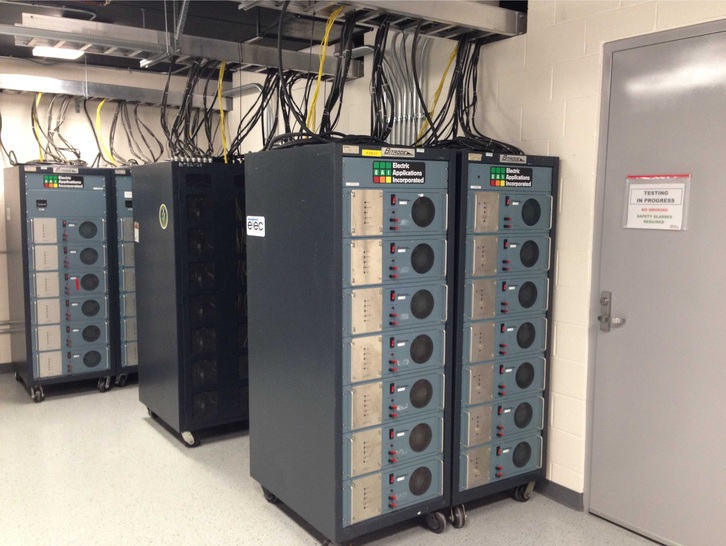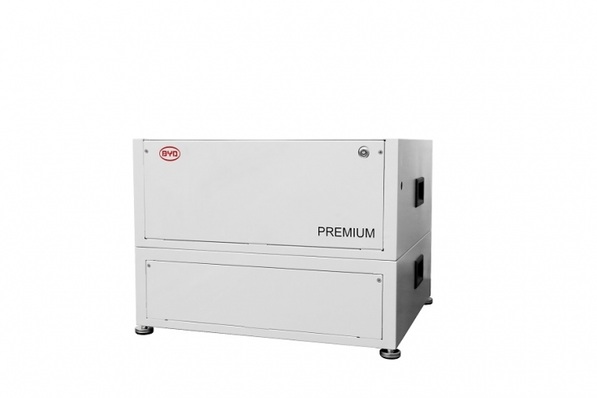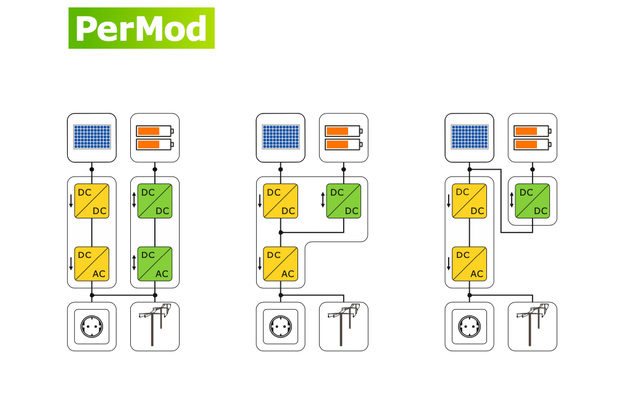The 18-month study, by Arizona-based Electric Applications Inc (EAI), is one of a range of innovation projects backed this year by the Consortium for Battery Innovation (CBI). It will take an in-depth look into how balancing the electrical current across large strings of batteries can improve cycle life, i.e. the ability of a battery to continue working through numerous cycles when it is not fully charged. Improving cycle life will also help reduce the overall cost of the energy storage system, reducing the need for replacement batteries, a key consideration for utility and renewable energy providers.
EAI’s President, Don Karner, said: “We’ve seen a massive growth in demand for batteries for renewable energy storage and the cost and safety of advanced lead batteries make them a good choice for many applications. Our aim is to help extend the cycle life of these battery systems by closely managing charge and discharge of batteries at a series string level. These are effectively new forms of battery management systems designed specifically for lead battery-based renewable energy systems.”
Lead batteries useful in microgrids
Alistair Davidson, Director of the CBI, said: “This kind of research is taking advanced lead battery technology to a new level by marrying intelligent battery management systems with banks of battery storage units. Lead batteries are particularly useful in microgrids and in managing peaks and troughs in demand, such as those experienced in renewable energy systems. The Consortium for Battery Innovation is bringing together a range of research projects all of which effectively aim to improve and extend the life of batteries which are known for being cost-efficient and safe options.”
13 times more grid storage
Energy analysts Wood Mackenzie have predicted a thirteen-fold increase in grid-scale storage in the next six years. Grid energy storage stores energy in time periods where electricity is abundant and inexpensive or when demand is low. It is then supplied back to the electrical grid when demand is high or electricity prices are higher, allowing a more efficient and economical transfer of energy.
Missed our pv Guided Tours last year?
Here is the video from the one on commercial battery storage
Battery energy storage for this purpose has been vital in the global move to cleaner, renewable sources of energy where the intermittent challenge of solar and wind power generation has been overcome by storing power in batteries during these times. (mfo)








